Broad beans lend themselves to being sown at various times of the year, though the main sowing period is March and April.
In mild areas of the country on sheltered sites, you can sow certain varieties (such as The Sutton or Superaquadulce) in the autumn for a really early crop. During particularly cold weather, it pays to cover the plants with garden cloches or other forms of protection. You can sow in February under cloches for an earlier crop or sow in May to extend the crop throughout the summer months and into autumn.
Sow your broad bean seeds 2in (5cm) deep and 8in (20cm) apart, though dwarf broad bean seeds like The Sutton can be sown 6in (15cm) apart. They are best sown in double rows, with the rows 8in (20cm) apart. If a second double row is needed, this should be positioned 2ft (60cm) away from the first. Though, you can sow in single rows 18in (45cm) apart. You should sow a few extra at the end of the rows to fill in any gaps from seeds that don't germinate.
Support
Taller varieties of broad bean plants will need support, so place a stout stake at each corner of the double row and run string around the stakes at 1ft (30cm) intervals. Smaller varieties will typically support each other, though you can add some sticks for support if you so wish.
Sowing Broad Beans Indoors
If your soil is particularly waterlogged, you have a problem with mice, you live in a colder area, or your soil is clay-based, it can be useful to start your seeds indoors and then plant them out. Germination is often more reliable under greenhouse conditions, so may be preferred by some.
Plant your seeds 5cm deep into individual modules or pots, planting one seed per container. These should be kept in an area with good light, ideally a greenhouse or cold frame. Your seeds should germinate within around three weeks and be ready for planting out after around six weeks.
If you’re wondering when to plant broad beans, they are ready for planting out when the roots have filled their containers. Before planting out, though, you should harden off your seedlings by gradually exposing them to outdoor conditions over a couple of weeks.
When planted, your plants should be watered in well and spaced 8in (20cm) apart. These can then be planted either in single rows 18in (45cm) apart or in double rows 8in (20cm) apart.
Growing in Containers
Dwarf varieties of broad bean plants can be grown in containers, as these typically grow to a height of around 50cm (20in) tall. As with plants in the ground, they should be planted in sunny, well-shaded areas.
Your container should be big enough to house your plant, so it should be at least 40cm (15in) wide and filled with either multi-purpose or loam-based compost. You should then sow the seeds 5cm (2in) deep and 15cm (6in) apart. Be sure to water container-based plants well, as these are more prone to drying out.

 How to Grow Broad Beans
How to Grow Broad Beans

 Ground Prep
Ground Prep
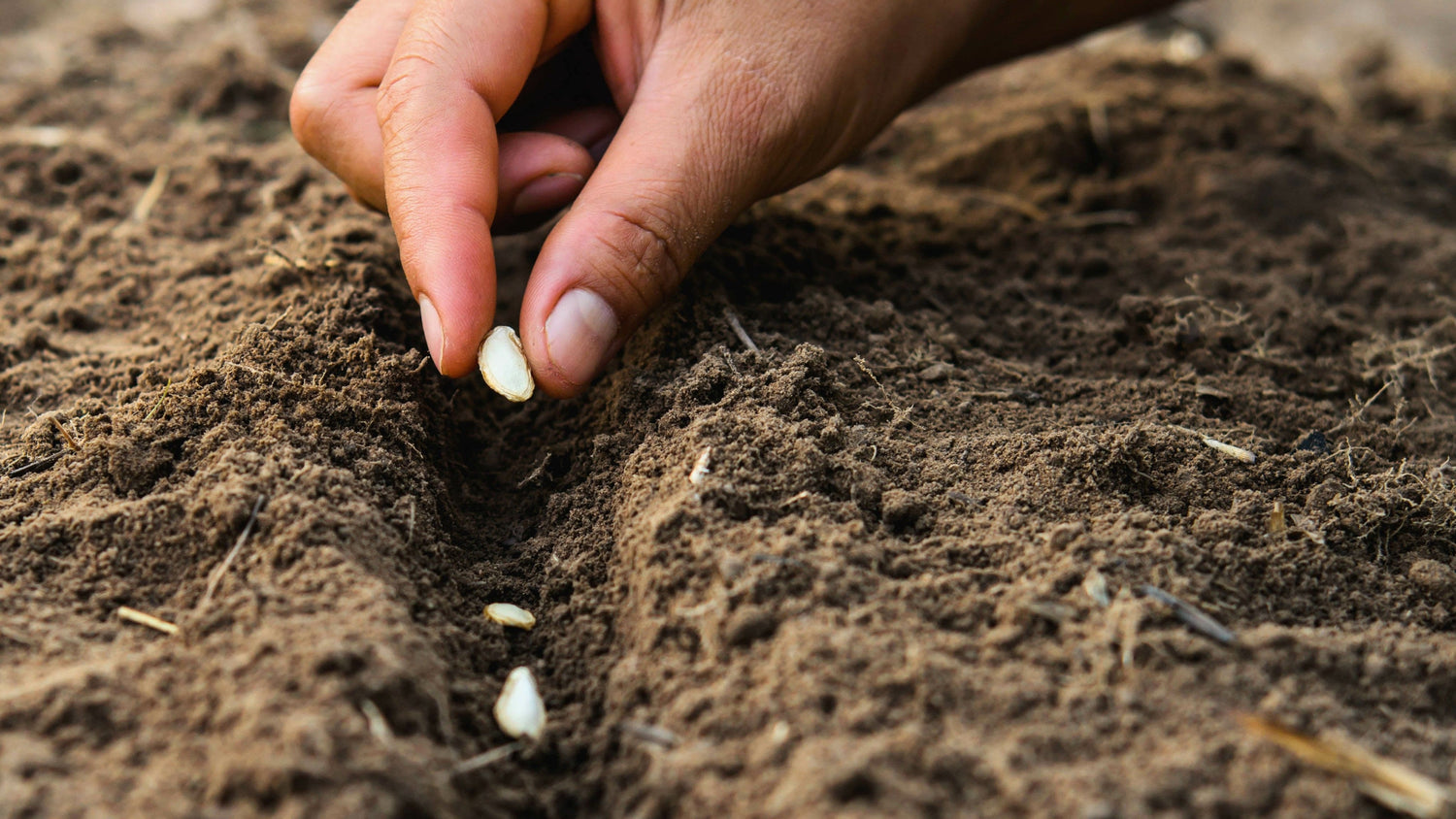
 Sowing Broad Beans
Sowing Broad Beans
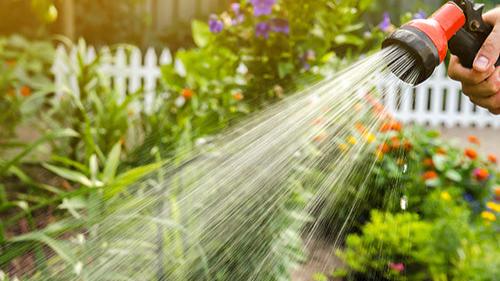
 Plant Care
Plant Care

 Problems
Problems

How to Grow
Ground Preparation
Sowing
Planting
Problems








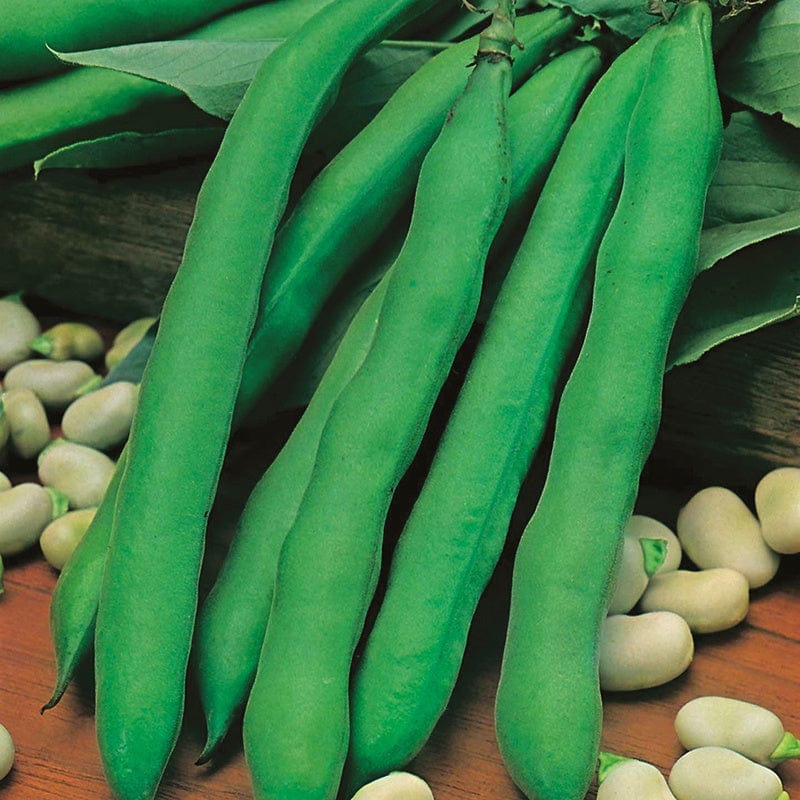
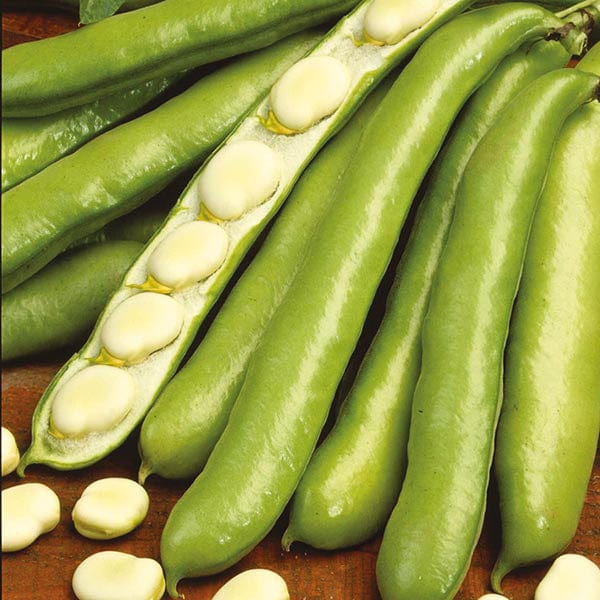
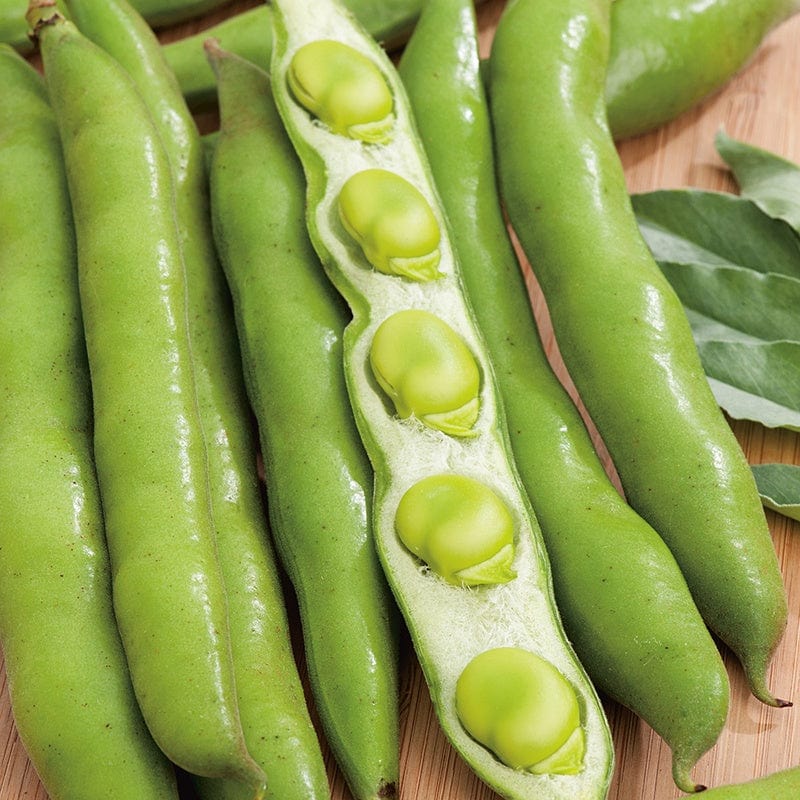
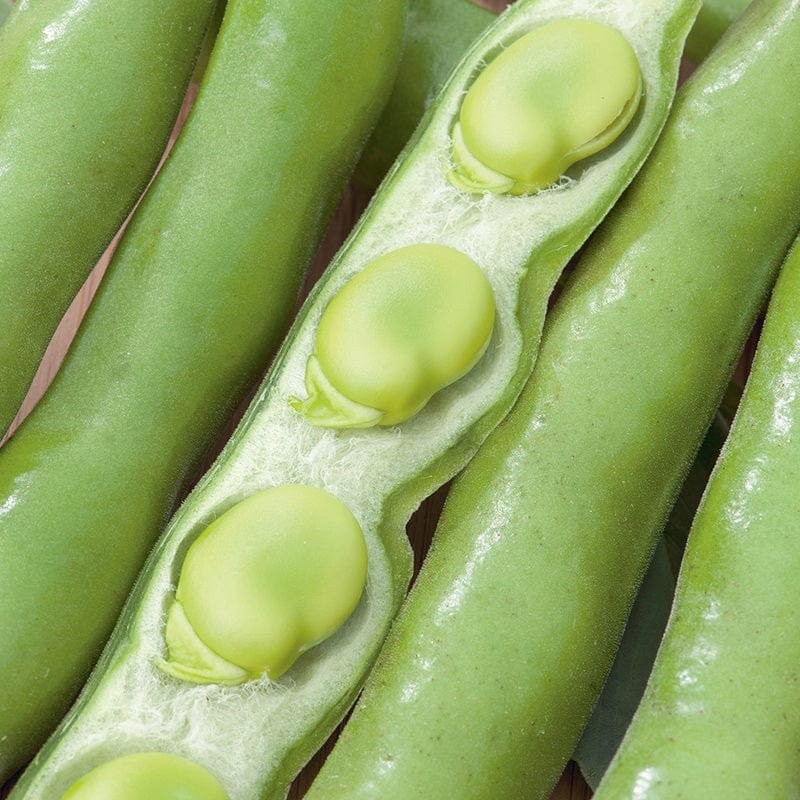
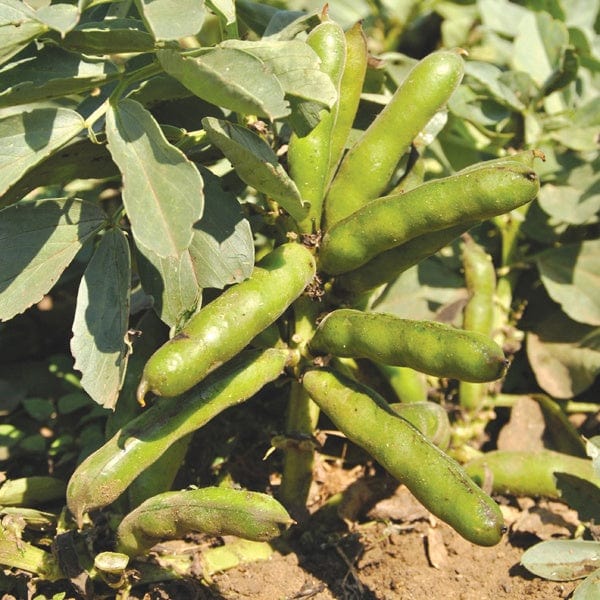

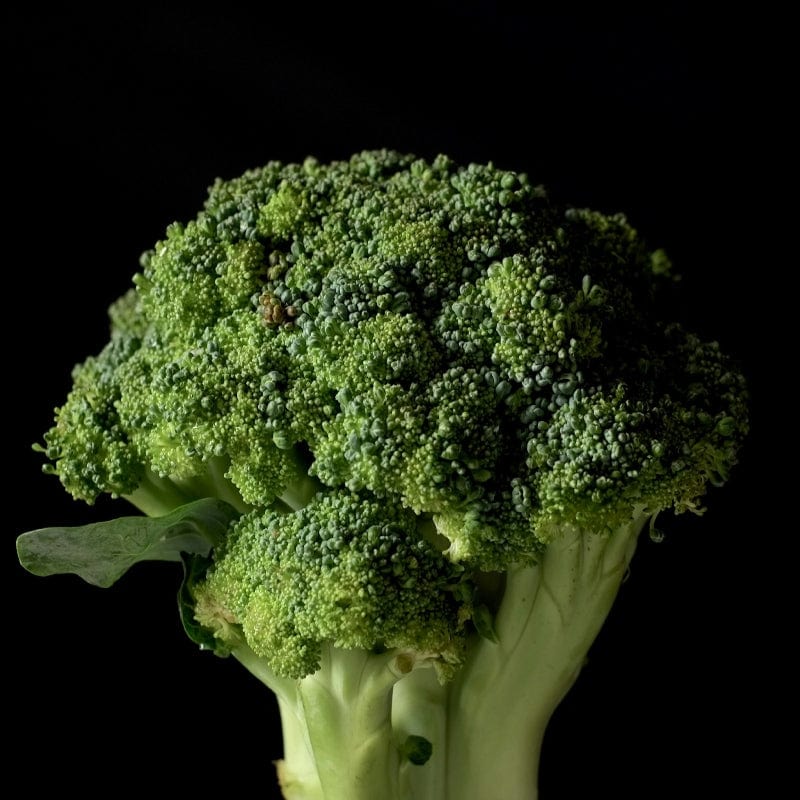
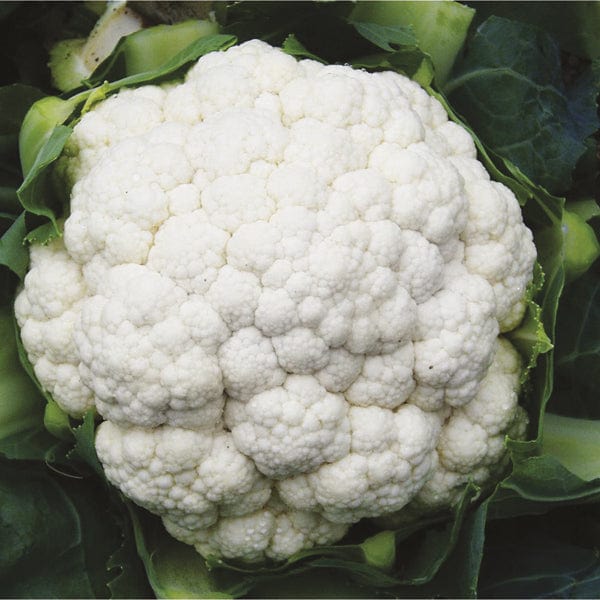
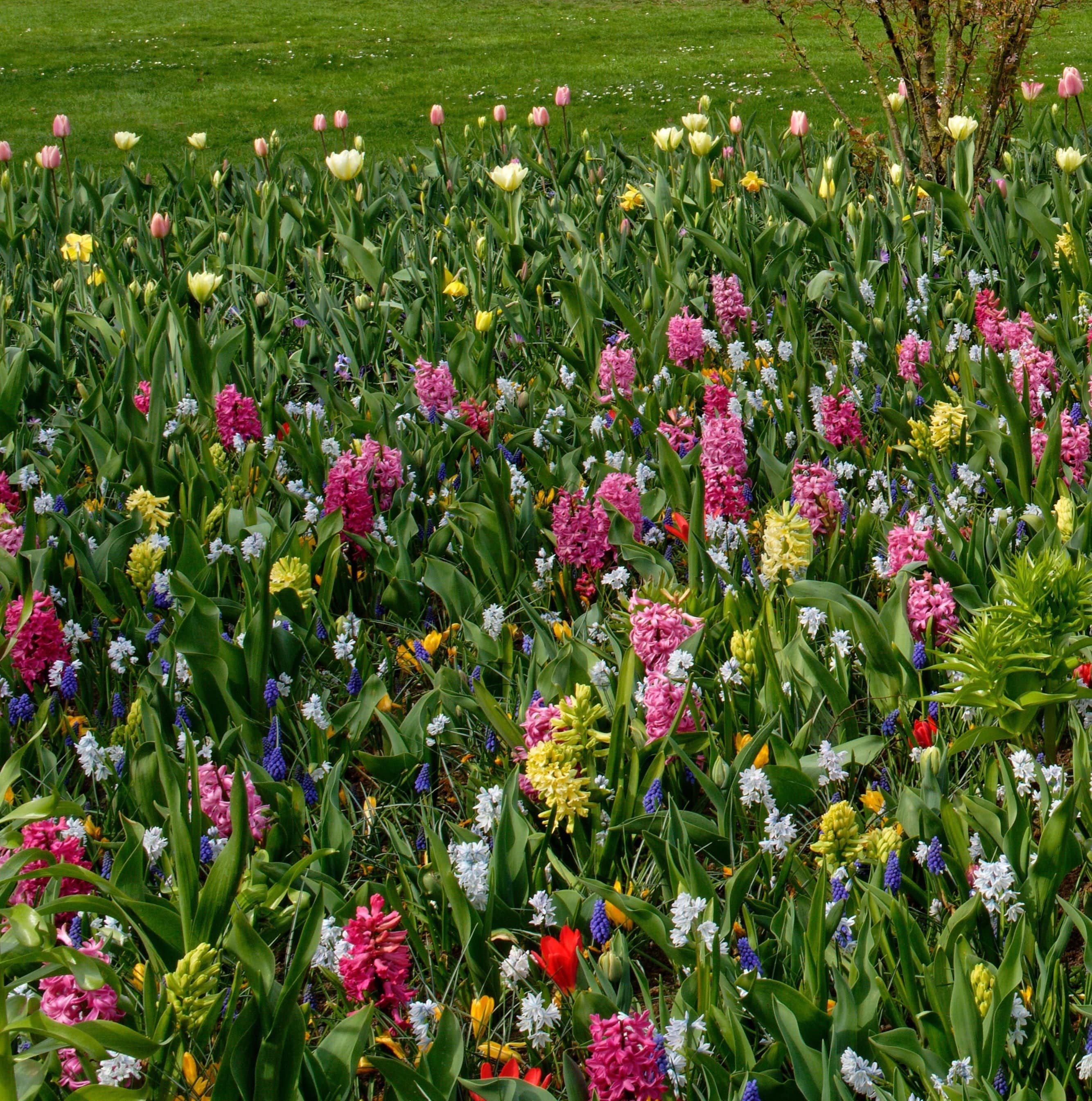
Leave a comment
All comments are moderated before being published.
This site is protected by hCaptcha and the hCaptcha Privacy Policy and Terms of Service apply.